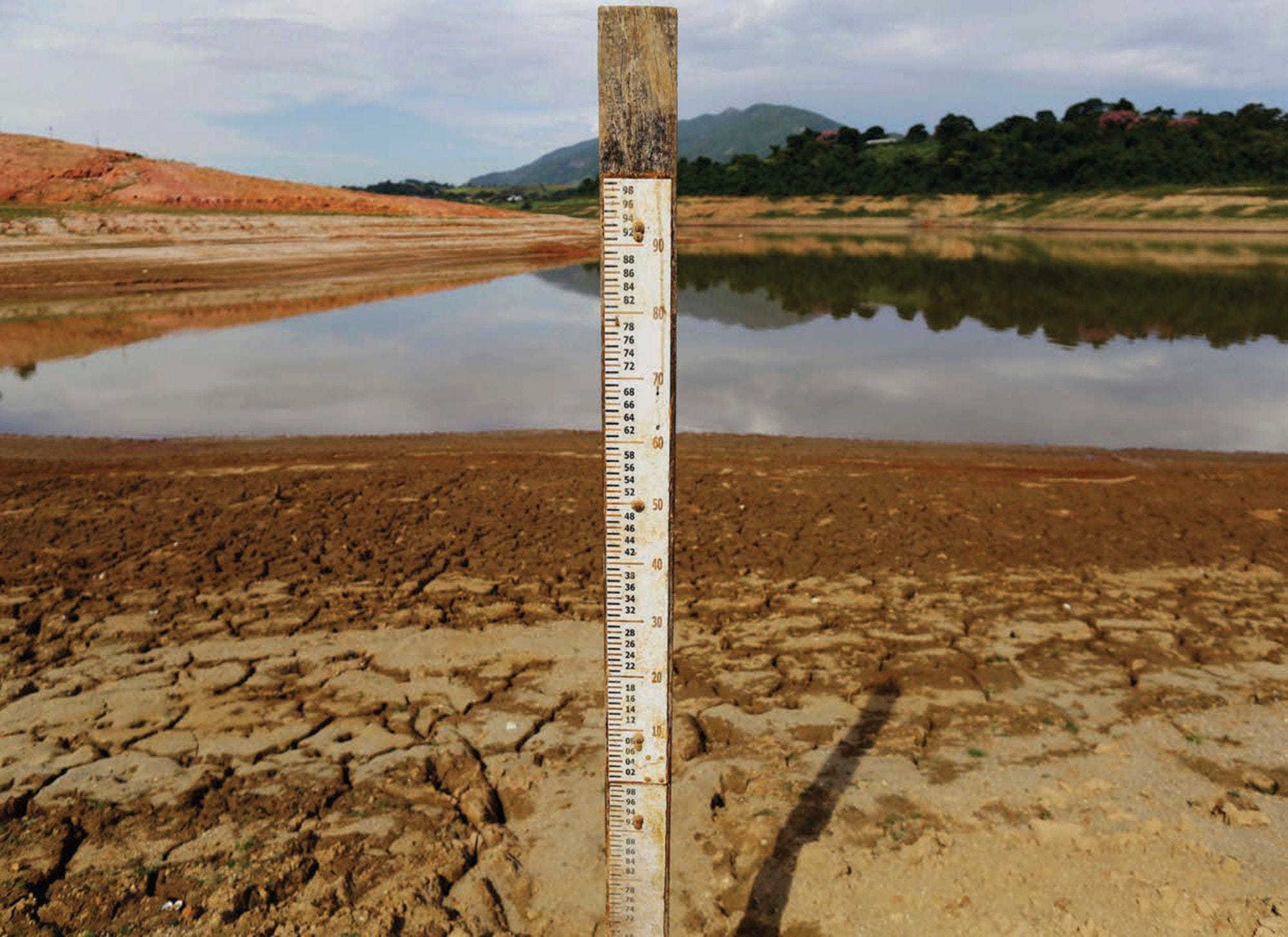As countries scale up climate action, they face the challenge of expanding renewable power while tackling biodiversity loss. Transitioning away from fossil fuels can reduce climate-related pressure on biodiversity, but brings its own risks. Unless carefully managed, the expansion of renewable power could compromise biodiversity. This report synthesises evidence on biodiversity impacts from renewable power infrastructure, with a focus on solar power, wind power and power lines. It identifies opportunities for mainstreaming biodiversity into power sector planning and policy to deliver better outcomes for nature and the climate. Drawing on good practice insights from across the globe, the report offers governments recommendations to align renewable power expansion with biodiversity goals.
Mainstreaming Biodiversity into Renewable Power Infrastructure

Abstract
Executive Summary
The world faces simultaneous climate and biodiversity crises, with profound implications for human health, well-being and the economy. Biodiversity loss and climate change are closely entwined. Healthy ecosystems regulate the climate and provide services such as flood protection that support societal adaptation; their degradation worsens climate change. Climate change is the fastest growing driver of biodiversity loss.
Significant synergies exist between climate and biodiversity actions, but also potential conflicts and trade-offs. This is evident in renewable power expansion. Electrifying energy use and increasing renewable power are pivotal to limiting global average temperature increase to 1.5°C and, therefore, to addressing global biodiversity loss. However, without careful planning and management renewable power infrastructure’s expanding footprint could, itself, drive declines in biodiversity. This, in turn, could undermine ecosystems’ resilience to climate change, their capacity to sequester carbon and their contribution to societal adaptation.
The challenge for countries is to rapidly increase renewable power without compromising their commitments to halt and reverse biodiversity loss under the Kunming-Montreal Global Biodiversity Framework. This demands an integrated approach to harness synergies, minimise trade-offs and avoid unintended consequences. It requires governments to systematically consider and address both climate and biodiversity objectives throughout electricity planning and policy.
This report reviews the evidence for biodiversity impacts of renewable power infrastructure, focussing on solar power (photovoltaics and concentrated solar power), wind power (onshore and offshore) and power lines. It identifies good practices for mainstreaming biodiversity into power sector planning and policy. While the report underscores the need to address adverse impacts from sourcing minerals for renewable power infrastructure, it is primarily geared towards understanding and addressing impacts from constructing and operating renewable power infrastructure.
Biodiversity impacts from wind power, solar power and power lines
Renewable power infrastructure can impact biodiversity in various ways, including direct species mortality (e.g., from collision or electrocution); habitat loss and degradation; habitat fragmentation and barrier effects on species movement; habitat alteration; behavioural and physiological changes; and ecosystem services impacts. These impacts can accumulate across projects, time and political boundaries, potentially leading to declines in species’ populations and ecosystem integrity. The nature and extent of impacts depend on the type of infrastructure (e.g., solar photovoltaics or concentrated solar power) and its design, where and how critical mineral inputs are mined and processed, where the infrastructure is located and how it is constructed, operated, maintained and decommissioned.
While the evidence base for renewable power impacts on biodiversity has grown substantially in recent years, it is incomplete and uneven across technologies, species, ecosystems and geography. For example, the impacts of wind on terrestrial ecosystems are better understood than those on marine ecosystems. Similarly, the risk factors and consequences for birds are more comprehensively studied than for other species groups. Most detailed data and insights come from Europe and North America; significant gaps exist in developing countries and other geographies where most new renewable energy development is projected to occur. Key knowledge gaps and uncertainties common to all renewable power include population-level effects, how species impacts can have knock-on effects on ecological communities and ecosystem services, cumulative impacts (e.g. for migratory species), and indirect impacts.
Mainstreaming biodiversity into power sector planning
Strategic planning is crucial for developing power systems that deliver better outcomes for both climate and nature. The selection of electricity generation technologies and where they are deployed have significant implications for biodiversity. By considering biodiversity early in the planning process, governments can greatly reduce the risks to biodiversity posed by renewable power projects.
Incorporating biodiversity data into energy planning models can help identify electricity capacity expansion options that balance cost, carbon emissions and biodiversity protection. The creation of renewable energy zones, designated based on biodiversity considerations, can steer renewable power projects away from areas where they pose high risk to biodiversity (e.g., key biodiversity areas; migratory routes), towards low-risk areas. When evaluating power sector policies, plans and programmes, it is imperative for governments to assess cumulative impacts on biodiversity, for example through strategic environmental assessments. Policy appraisal tools, such as multi-criteria and cost-benefit analysis, should seek to integrate biodiversity and ecosystem service values.
A key strategy for low-risk siting of renewables is to optimise the use of rooftops and other existing infrastructure for solar panels. Another strategy is to capitalise on the abundance of converted lands such as brownfields and abandoned agricultural areas. Co-locating renewable power with other economic activities can alleviate land and sea-use pressure while capitalising on potential synergies across social, economic and environmental objectives. Examples include situating solar panels amidst wind turbines or integrating power infrastructure with agriculture or aquaculture.
Effective co-ordination across ministries and levels of government is critical for addressing policy synergies and trade-offs. Opportunities exist to enhance cross-border collaboration, for example, through joint spatial planning, knowledge exchange and development co-operation to strengthen countries’ capacities to mainstream biodiversity. Connecting grids across national or state borders could increase opportunities for low-cost, low-risk siting of renewables, but countries must assess and mitigate potential adverse impacts from extending transmission infrastructure.
Mainstreaming biodiversity in electricity planning not only mitigates adverse biodiversity impacts but can also provide certainty to project developers, investors and regulators. It can reduce the risk of project delays and failures, permitting time, and the project costs associated with biodiversity mitigation measures. Ultimately, biodiversity mainstreaming can contribute to a swift and sustainable transition to low-emissions power.
Policy instruments for aligning renewable power expansion with biodiversity
The right mix of policy instruments can ensure power companies mitigate adverse biodiversity impacts in accordance with the mitigation hierarchy (avoid, minimise, restore and offset), and seek positive biodiversity outcomes. An effective policy response may comprise regulatory instruments (e.g., requirements for environmental impact assessments, monitoring and data-sharing), economic instruments (e.g., grants for research and development; biodiversity offsets), and voluntary or information instruments (e.g., integrating biodiversity criteria in project tenders; ecolabelling). Scope exists to increase the use and effectiveness of these instruments to promote a transition to low-emissions power that benefits both climate and nature.







